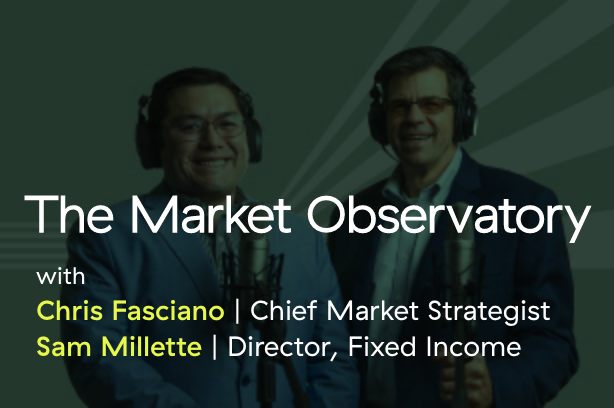As I kind of expected, some news did hit yesterday while my son and I were fishing that is definitely worth a closer look. The Conference Board’s survey of consumer confidence—one of the most underappreciated economic stats there is—dropped from 131.3 in May to 121.5 for June. This result is the lowest level since September 2017.













